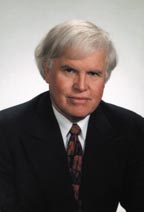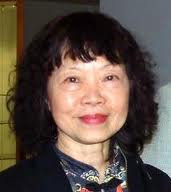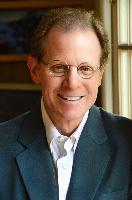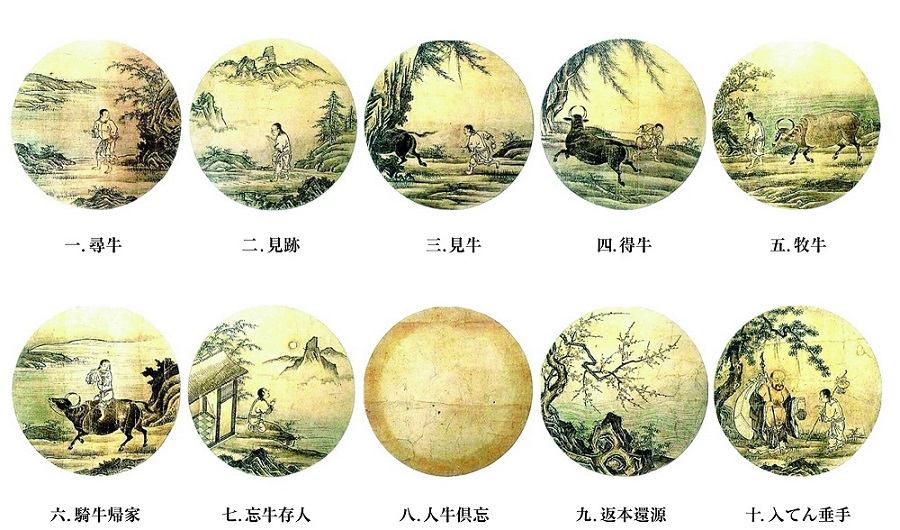[two_third]
Some of my favorite visionaries:
Don Beck:  founder of “Spiral Dynamics Integral (SDi), the remarkable body of work attracting a growing constellation of thousands of people around the world. Spiral Dynamics Integral, or SDi for short, concerns itself with the deep complexity codes that shape our many worlds.” If you any interest in facilitating large scale social change and evolution, or just trying to make sense of the present moment as it unfolds across the planet, Don isn the man to study with. This page offers a brief interactive explanation of the spiral.
founder of “Spiral Dynamics Integral (SDi), the remarkable body of work attracting a growing constellation of thousands of people around the world. Spiral Dynamics Integral, or SDi for short, concerns itself with the deep complexity codes that shape our many worlds.” If you any interest in facilitating large scale social change and evolution, or just trying to make sense of the present moment as it unfolds across the planet, Don isn the man to study with. This page offers a brief interactive explanation of the spiral.
Itzhak Bentov:  Scientist, meditator, inventor, cosmic traveller. I discovered his first book, Stalking the Wild Pendulum just after it first came out in 1978 and it is still today a major source of wisdom and inquiry for me. His second book, A Cosmic Book, published after his untimely (for us) death in a plane crash, allowed Bentov to expand consciousness way out into the cosmos. There are a series of Youtube videos, ‘From Atoms to Cosmos’ of Itzhak being interviewed about his model of reality, kundalini and the evolution of the nervous system. He was way ahead of his time.
Scientist, meditator, inventor, cosmic traveller. I discovered his first book, Stalking the Wild Pendulum just after it first came out in 1978 and it is still today a major source of wisdom and inquiry for me. His second book, A Cosmic Book, published after his untimely (for us) death in a plane crash, allowed Bentov to expand consciousness way out into the cosmos. There are a series of Youtube videos, ‘From Atoms to Cosmos’ of Itzhak being interviewed about his model of reality, kundalini and the evolution of the nervous system. He was way ahead of his time.
Thomas Berry:  Geologian, cultural historian, Catholic priest, pioneering writer on spiritual ecology, passionate and articulate spokesman for all the living species of the planet. I was lucky to spend many hours with Thomas over the years, in California, in Cambridge, and greatly cherish the week co-teaching with Thomas and Bea Briggs at the Feathered Pipe Ranch in Montana back in 1989. Thomas was Brian Swimme’s mentor and it was through Brian that I met Thomas as was introduced to his amazing vision.
Geologian, cultural historian, Catholic priest, pioneering writer on spiritual ecology, passionate and articulate spokesman for all the living species of the planet. I was lucky to spend many hours with Thomas over the years, in California, in Cambridge, and greatly cherish the week co-teaching with Thomas and Bea Briggs at the Feathered Pipe Ranch in Montana back in 1989. Thomas was Brian Swimme’s mentor and it was through Brian that I met Thomas as was introduced to his amazing vision.
Bonnie Bainbridge Cohen:  Bonnie’s combination of sensitivity, compassion and articulateness makes her a teacher extraordinaire. Founder of Body Mind Centering, visionary in the field of somatics, movement therapy, developmental movement, and more, Bonnie’s penetrating curiosity and breath of enquiry has provided me with more clues on the cosmic treasure hunt that is my life than any other of my teachers. I am currently exploring my embryological origins with insights from a recent workshop with her.
Bonnie’s combination of sensitivity, compassion and articulateness makes her a teacher extraordinaire. Founder of Body Mind Centering, visionary in the field of somatics, movement therapy, developmental movement, and more, Bonnie’s penetrating curiosity and breath of enquiry has provided me with more clues on the cosmic treasure hunt that is my life than any other of my teachers. I am currently exploring my embryological origins with insights from a recent workshop with her.
Emilie Conrad:  was a dear friend and absolutely unique and charismatic individual. Emilie has had a huge effect on my practice. She introduced me to somatic inquiry as a continuum of sound, vibration, movement, pulsation and intelligence, with no boundaries, no borders. She is truly a genius of the cells and organs. She gave me the key to unlocking Iyengar’s brilliance as my approach to yoga before I met her was far more rigid than I ever could have imagined. Emilie pushed the edge of awareness deeper and deeper into the mystery of organic wisdom right up to her untimely death in the spring of 2014.
was a dear friend and absolutely unique and charismatic individual. Emilie has had a huge effect on my practice. She introduced me to somatic inquiry as a continuum of sound, vibration, movement, pulsation and intelligence, with no boundaries, no borders. She is truly a genius of the cells and organs. She gave me the key to unlocking Iyengar’s brilliance as my approach to yoga before I met her was far more rigid than I ever could have imagined. Emilie pushed the edge of awareness deeper and deeper into the mystery of organic wisdom right up to her untimely death in the spring of 2014.
Mae-Wan Ho:  Brilliant quantum biologist, biophysicist and geneticist, author of The Rainbow and the Worm, and her new released sequel, Living Rainbow H20, Dr. Ho is the co-founder of the Institute for Science in Society, a group of scientists engaged in educating the public about science in a way that directly confronts the ways governments and industry lie about and misuse technology and its effects upon the environment. Her vision embraces science and spirituality as a single path of awakening to the magnificence of creation.
Brilliant quantum biologist, biophysicist and geneticist, author of The Rainbow and the Worm, and her new released sequel, Living Rainbow H20, Dr. Ho is the co-founder of the Institute for Science in Society, a group of scientists engaged in educating the public about science in a way that directly confronts the ways governments and industry lie about and misuse technology and its effects upon the environment. Her vision embraces science and spirituality as a single path of awakening to the magnificence of creation.
B.K.S. Iyengar:  Revolutionized the practice of yoga. Iyengar integrates the artistic grace of a world class dancer, the athleticism of an Olympic athlete, the penetrating intellect of a nobel prize winning scientist and the dedication of a healer. One of the giants of out time. His imprint on my life, my nervous system and practice is immeasurable.
Revolutionized the practice of yoga. Iyengar integrates the artistic grace of a world class dancer, the athleticism of an Olympic athlete, the penetrating intellect of a nobel prize winning scientist and the dedication of a healer. One of the giants of out time. His imprint on my life, my nervous system and practice is immeasurable.
Dan Siegel:  I continue to find his brilliance stunning. I got a taste of neuroscience in 1970 but Dan has blown the doors off my brain with his insights and articulation of the nature of relationships, integration in the nervous system and the evolution of consciousness. His work is featured in the neuroscience section. He is the author of The Developing Mind, The Mindful Brain, Mindsight, The Mindful Therapist and more. In person he is even better than in his writing. I am a Dan groupie.
I continue to find his brilliance stunning. I got a taste of neuroscience in 1970 but Dan has blown the doors off my brain with his insights and articulation of the nature of relationships, integration in the nervous system and the evolution of consciousness. His work is featured in the neuroscience section. He is the author of The Developing Mind, The Mindful Brain, Mindsight, The Mindful Therapist and more. In person he is even better than in his writing. I am a Dan groupie.
[/two_third]
[one_third_last]
Related Links
Link 01
Link 02
Link 03
[/one_third_last]


